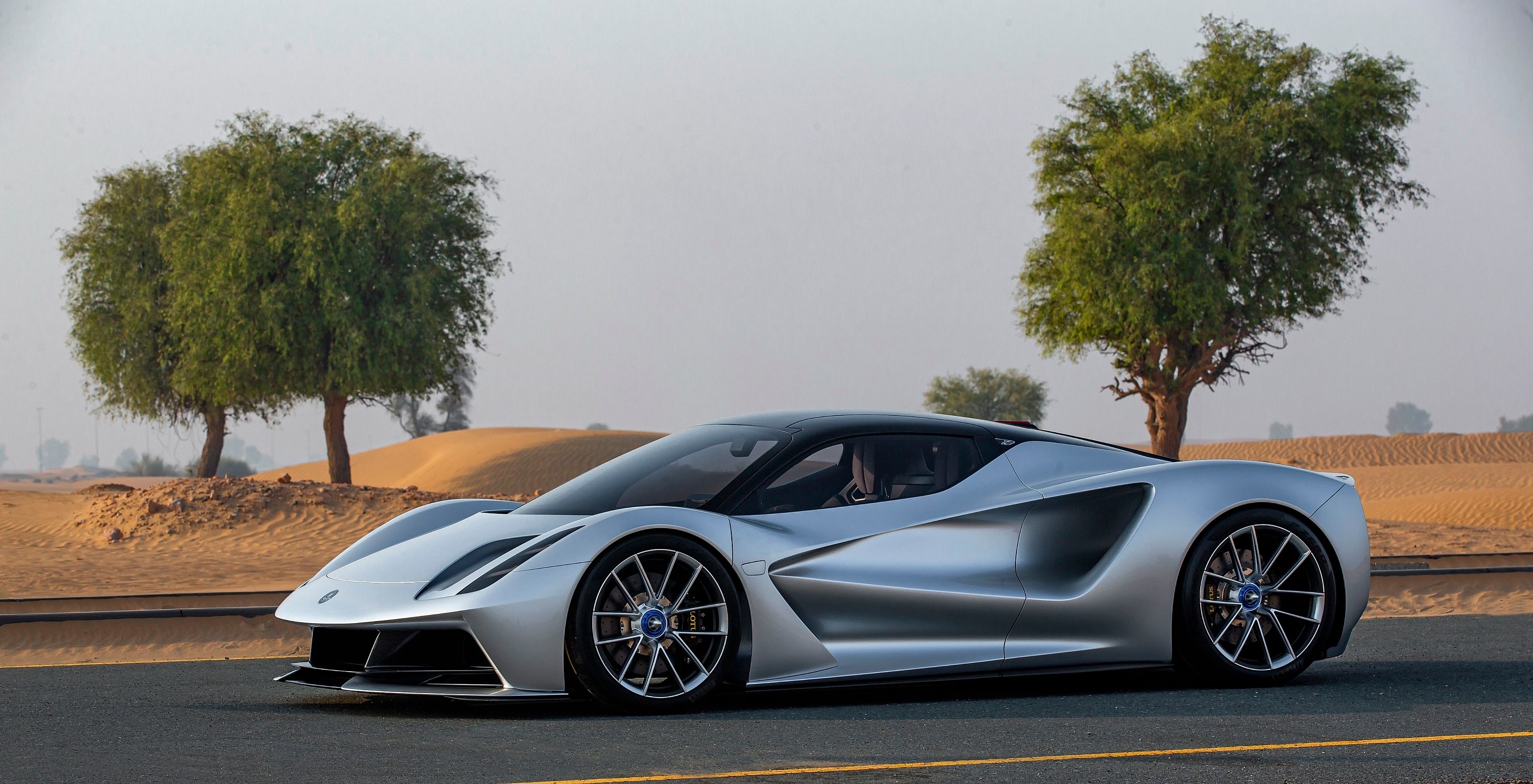
Automakers don't release electric cars just to be seen as environmentally conscious anymore. EVs are now often halo models, with insane performance that conventionally powered sports cars can often only dream about. The Lotus Evija is one such car, with its twin electric motors producing 1,972 horsepower and an equally devastating 1,253 lb-ft of torque.
But the Evija isn't only about its performance. When you go up against Ferrari and Lamborghini, aesthetic appeal matters, too. Since the $2.1-million price tag ensures that most of us will never get close to an Evija, Lotus' head of design, Russell Carr, was kind enough to give us an intimate tour of his team's exceptional creation.
The almost 30-minute video - it's worth watching the whole thing - was shared by Petersen Automotive Museum. "A hypercar is the best of the best," says Carr. "It's exceptional in all areas and for us as designers, it really allows us to throw off all the shackles." Carr identifies weight efficiency, aerodynamic efficiency, and driving dynamics as three Lotus pillars that need to be expressed in the design.
At the five-minute mark, Carr points out the completely open intakes in front that would ordinarily have radiator covers. On the hood, there are also open sections close to the windshield that both aid airflow and are a beautiful design touch. Carr points out the wing-shaped headlight elements, which are one of several aviation references found on the Evija. The Union Flag on the B-pillar, meanwhile, can be fashioned from any metal the customer chooses. The car's online configurator shows just how wide the scope for personalization is.
At the 16-minute mark, Carr explores the extremely unusual rear lights with their LED ribbons surrounding nothing but empty space. Here, he emphasizes the illuminated LOTUS script - a cool feature is the 'T' in the word, which is actually the reverse light. Carr shows us that despite the absence of a massive gas engine, the battery pack has been designed to look attractive through a rear transparent panel.
At around 21:10, he heads into the cabin. Here, the drama and sense of space continue with a carbon-fiber beam taking the place of a conventional dashboard ahead of the passenger. The exposed carbon-fiber tub, machined-metal trim, and the floating center control panel with glossy finishes are just a few of the highlights.
It's a fascinating look into the electric hypercar that majestically blends form and function. It's the car that has singlehandedly announced Lotus' comeback, and what a way to do it.
